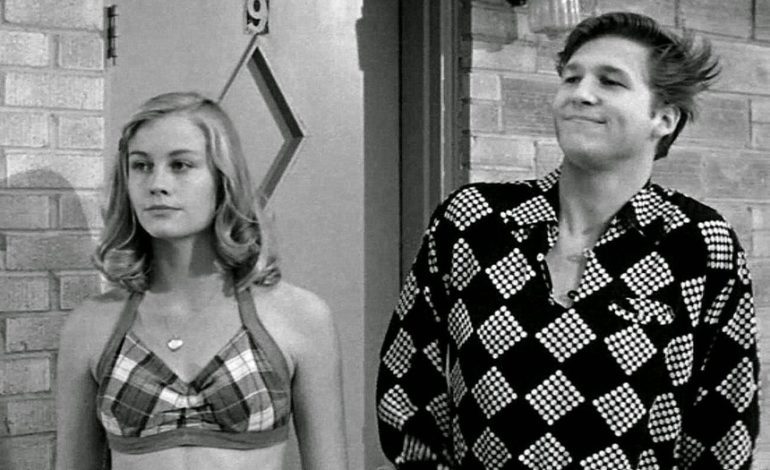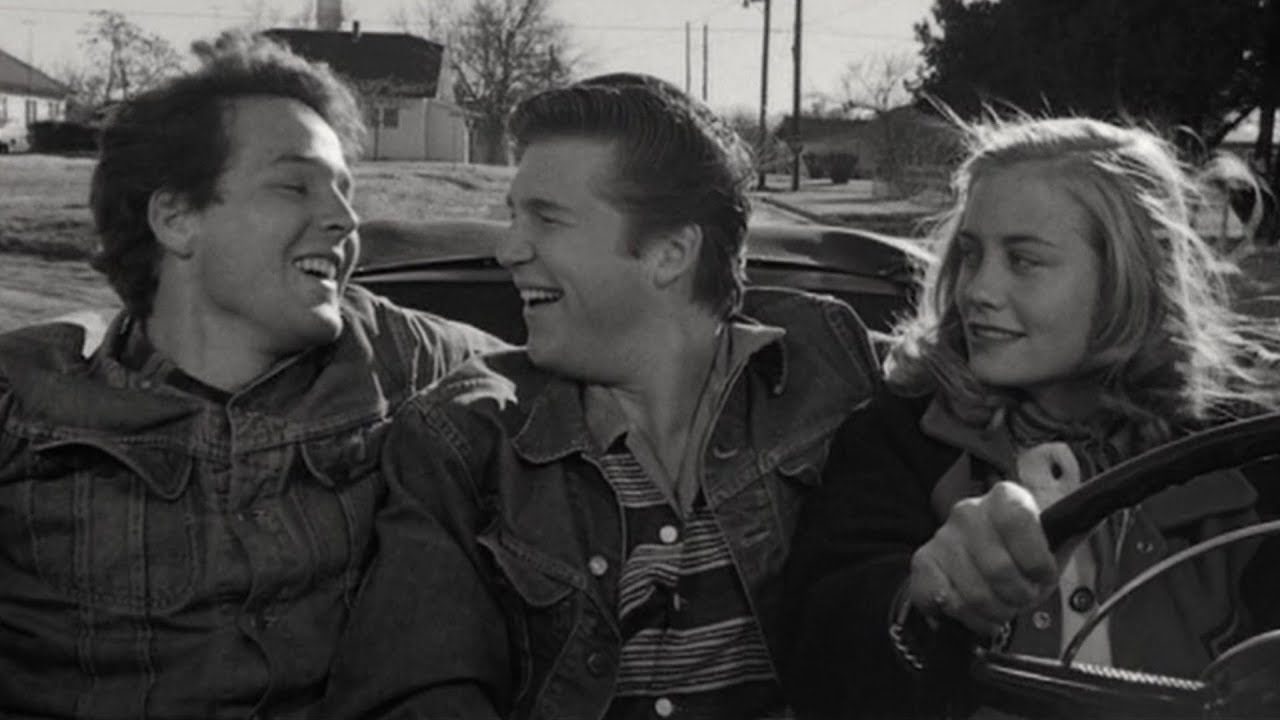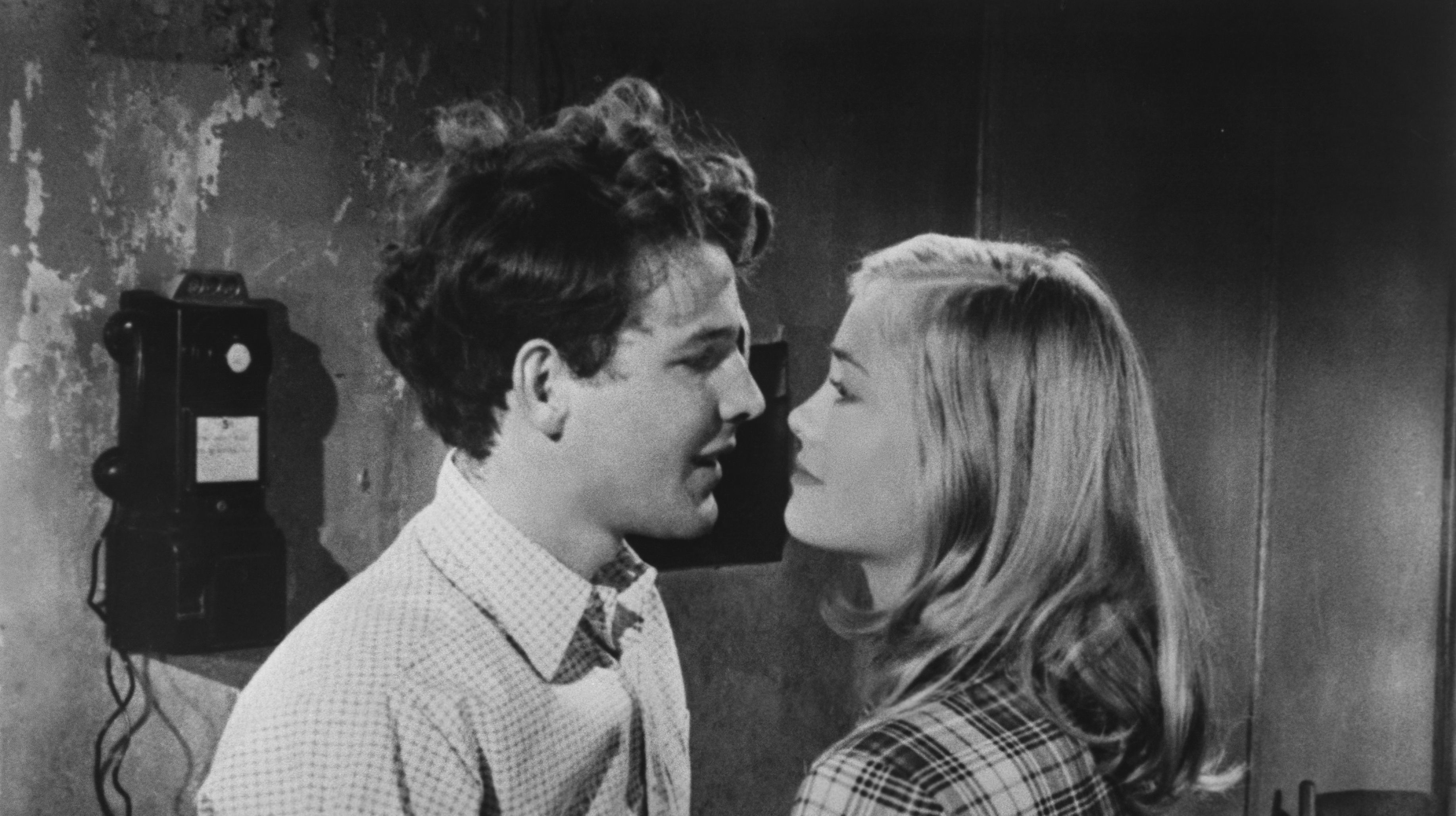

1971’s The Last Picture Show is the first film from writer/director Peter Bogdanovitch. Or, more accurately, it is the first proper film from Bogdanovitch after his brief stint working for Roger Corman on such b-movie classics as Voyage to the Planet of Prehistoric Women. Based on the 1966 semi-autobiographical novel of the same name by Larry McMurtry, The Last Picture Show is a testament to both Bogdanovich’s budding talent and the influence of Corman’s low-budget tutelage. It is a rough, raw, and simple story that enthralled audiences both in spite of and because of its simplicity.


Set in the early 1950s, the film features a small ensemble cast revolving around best friends Sonny (Timothy Bottoms) and Duane (Jeff Bridges) as they transition from high school seniors to something that roughly approximates functional adults. Sonny, Duane and their teenage friends live in the small town of Anarene, Texas, where they spend most of their free time hanging around a series of crumbling businesses, all run by Sam the Lion (Ben Johnson). They eat at his diner, play games at his pool hall, and ineptly make out with their girlfriends in the dark of his movie theater. The kids spend so much time in Sam’s establishments, partly because he is a kindly surrogate father who occasionally dishes out morsels of wisdom, but mostly because there’s nothing else to do in the decaying town. Buildings crumble, the Exon sign is missing letters that will never be replaced. It’s the sort of laid back, casually repressed place where the high school coach (Bill Thurman) spits tobacco while the kids run laps and everyone bets on their football games. After a particularly brutal loss to a local rival, Sam remarks that he should have better sense than to lay down his money for the hometown team. Or, as someone quickly responds, it “couldn’t hurt to have a better hometown.”


As story weaves its way through a series of vignettes depicting the kids’ desperate search for fun, it is as much about the life of the town as anyone in particular in it. Anarene is a town so small that it traps you, defined by its dueling soundtracks of Hank Williams classics on the radio and desolately whipping wind in the streets. Similarly, it has competing personalities. One, the face of the town, is a wholesome community where everyone is neighborly and does their part. The other, the life that takes place behind closed doors and in parked cars, is a constantly churning mill of latent sexuality. While many films about small town life in the 50s tend to erase the existence of sex as part of their idealizing nostalgia, The Last Picture Show does not have this problem. In this world, sex is a constant obsession, both as a matter of normal human behavior, and as the only real source of entertainment once the picture shows are over for the night.


Much like how the view of the town is bleak and unromanticized, the treatment of sex in the film is incredibly unsexy. Duane’s girlfriend Jacy (Cybill Shepherd in her first film role) alone moves from one traumatic experience to another. After Jacy’s mother (Ellen Burstyn) whiffs her attempt at good motherly advice by telling her good Christian daughter that she really needs to get laid more, Jacy is invited to a pool party that turns out to be a skinny dipping party where all the newcomers have to strip on the diving board while everyone else watches, an uncomfortable ritual that she struggles her way through to be part of the group. In the following months, her first attempt to lose her virginity is derailed by erectile dysfunction before she has a traumatic experience with one of her mother’s suitors that leaves her in tears. Similarly, when Sonny begins an affair with the coach’s wife Ruth (Cloris Leachman), an equally awkward disrobing is soon followed by tears. Admittedly, things do pick up from there, but the relationship ultimately ends in humiliation, as it does when the boys hire a prostitute for their mentally disabled friend Billy (Sam Bottoms). Sex, much like the town itself, is inescapable and ultimately disappointing.


That is the ultimate message of The Last Picture Show. The town is a death sentence, an isolating and limiting experience. People dream of escape, but any attempts to leave their hometown behind are fleeting, dangerous, or flat out impossible. Life in Anarene is a life of resigned hopelessness where people take whatever meager pleasure they can, and cheer for the hometown team because it’s the only team they’ve got, the only team they will ever have.
Verdict: 5 out of 5 Stars
The Last Picture Show is a masterful depiction of a dying way of life. The sparse soundscape and minimalist cinematography give a bare tone to even the most joyful moments, while a stellar cast brings life to characters who have been infected with the towns’ listless way of life. Leachman and Johnson give Oscar winning performances, while a young Bridges and Shepherd give hints of their future stardom. Through a simple series of character sketches, the film presents a unique look at small town America, encapsulating all the longing, sadness, and occasional bursts of humor that go along with it. At the time of its initial release, the overt depictions of sexuality resulted in temporary bans in Louisiana and Arizona. Nearly fifty years later, the bawdy coming of age story may not maintain all of its original shock value, but its uncensored dissection of the American mythos continues to serve as a model for simple, personal, and effective storytelling.
